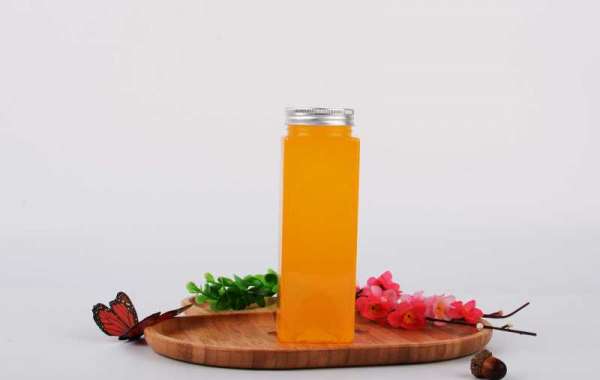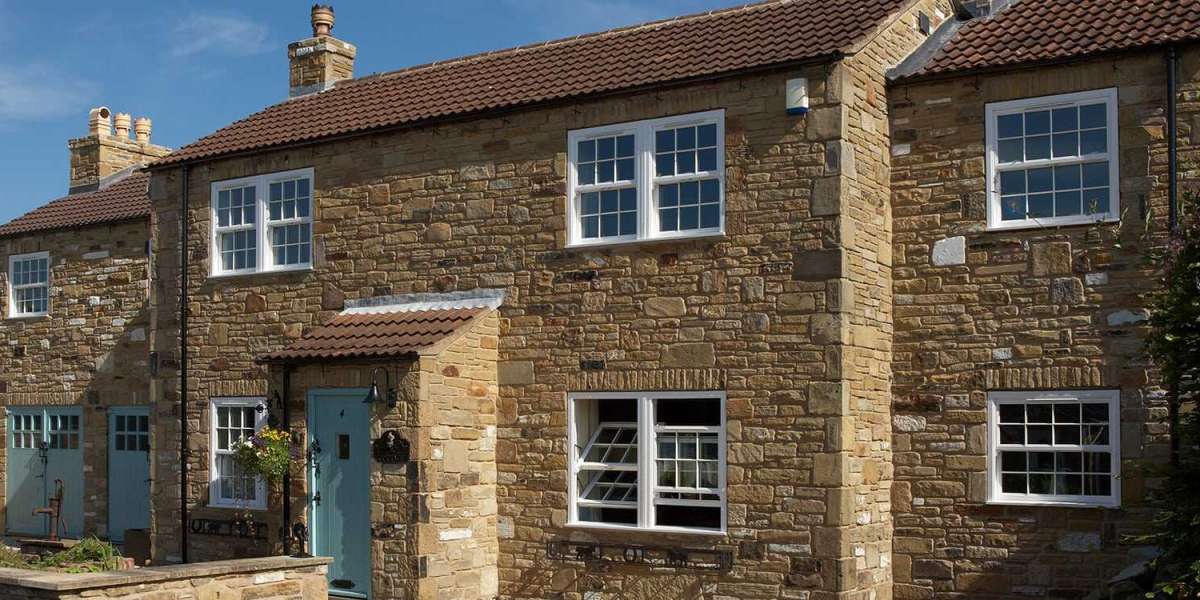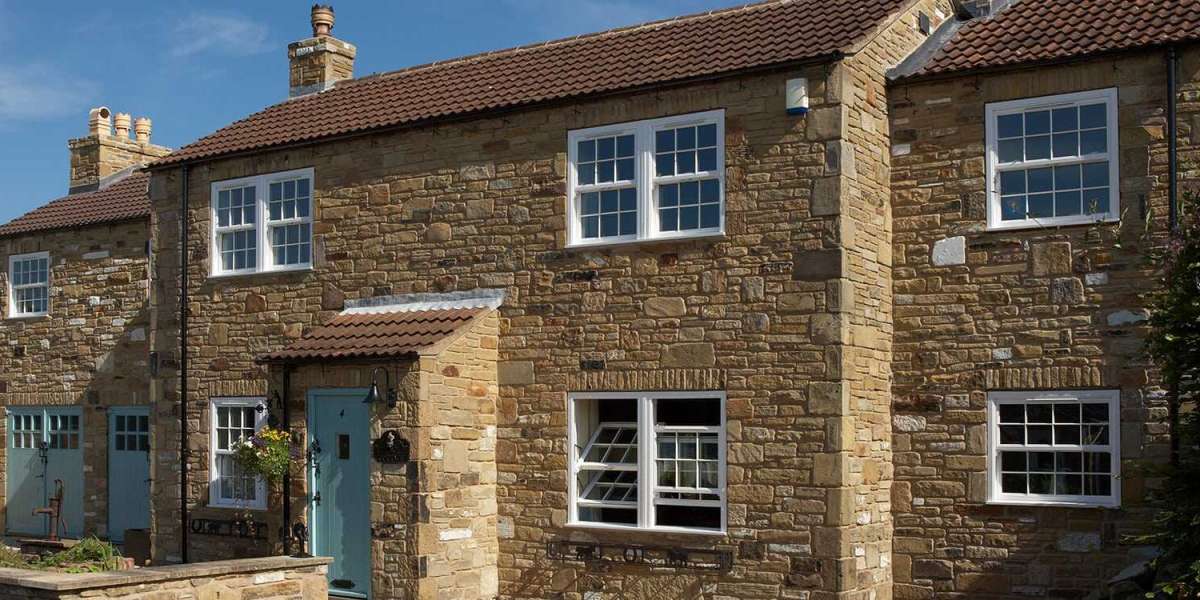Manufacturing is carried out in stages. Plastic bottle manufacturers usually use one of four types of plastic to make bottles. Generally, Beverage Bottle used to hold drinking water and other beverages are made of polyethylene terephthalate (PET) because this material is strong and light. High-density polyethylene (PE) is used to make rigid plastic bottles, such as detergent bottles, and low-density polyethylene (PE) is used to make squeeze bottles. Polypropylene (PP) is used for medicine bottles, etc. Polycarbonate (PC) is used in refillable water bottles and similar reusable containers. To understand the manufacturing process, it is helpful to first check the composition of the materials from which they are made. You can also learn more about glass bottle manufacturing methods and glass bottle types in our other guides.
What are plastic bottles made of?
As mentioned above, plastic bottles are usually made of PET, PP, PC and PE. PE is often referred to as LDPE (low density polyethylene) or HDPE (high density polyethylene). We will study how each material affects the bottle manufacturing process below.
PET (polyethylene terephthalate)
Polyethylene terephthalate is a thermoplastic polymer that can be opaque or transparent, depending on the exact material composition. Like most plastics, PET is produced from petroleum hydrocarbons through the reaction between ethylene glycol and terephthalic acid. PET is polymerized to produce long molecular chains, which makes it possible to produce PET bottles in the future.
The polymerization itself can be a complex process and explains many inconsistencies between PET manufactured in one batch and PET manufactured in another batch. Generally, two impurities are generated during the polymerization process: diethylene glycol and acetaldehyde. Although the amount of diethylene glycol produced is usually not enough to affect PET, acetaldehyde is not only produced during the polymerization process, but also during the bottle manufacturing process. The large amount of acetaldehyde in PET used for bottle manufacturing can cause strange tastes inside the beverage.
Once the plastic itself is manufactured, the PET bottle manufacturing process can begin. To ensure that the plastic is suitable for use, a lot of tests are carried out after manufacture to check whether the bottle is not permeable by carbon dioxide (this is important for bottles that carry soda). Other factors, such as transparency, gloss, shatter resistance, thickness and compression resistance, are also carefully monitored.
LDPE/HDPE (low density and high density polyethylene)
Another thermoplastic, polyethylene, is used to make blow-molded milk and jugs, detergent bottles, ketchup bottles, spray bottles, and other products. Both LDPE and HDPE can be thermoformed, blow molded, injection molded, etc. LDPE is one of the first plastics to be blow molded. Today it is still used to make squeezable bottles because it has higher ductility than HDPE but lower strength. HDPE is used in many types of pourable bottles. The natural form of the material is usually white or black, and when diluted to the size of a milk bottle, it becomes translucent. Suppliers can adjust the formula to improve tear strength, transparency, formability, printability or other parameters.
Polyethylene is composed of a single monomer ethylene, making it a homopolymer. LDPE is amorphous, while HDPE is crystalline, which shows the ductility of LDPE and the higher rigidity of HDPE. Polyethylene is more expensive than polypropylene-this is the cheapest thermoplastic-although the two have many common applications.
For more information about HDPE, please refer to our polyethylene resin article.
PP (polypropylene)
Polypropylene resin is generally an opaque low-density polymer with excellent thermoforming and injection molding properties. For bottles, it mainly competes with polyethylene and can be made transparent for see-through applications, while polyethylene can only be made translucent, such as in milk jugs. Polypropylene cannot match the optical transparency of polymers such as polycarbonate, but it performs very well. Its low viscosity at melting temperature makes it ideal for extrusion and molding applications, including blow molding.
For more information about PP, please refer to our polypropylene resin article.
PC (polycarbonate)
Polycarbonate is made by the polymerization of bisphenol A (C15H16O2) and phosgene (COCl2). Compared with other bottle-making polymers, it is an expensive material, so its use is mainly limited to high-end reusable bottles, such as baby bottles or water coolers or bottles in laboratory environments. The material has excellent optical properties and strength, making it suitable for bottles that must display its contents with the transparency of glass but must also be able to cope with repeated bottles, sometimes s rough and handled. The material can withstand repeated washing and can be autoclaved.
For more information about PC, please refer to our polycarbonate resin article.
Plastic bottle manufacturing process
How are plastic bottles made? Bottles are usually blow molded, but there are several techniques, including reheating and blow molding, extrusion blow molding, and reciprocating blow molding.
Reheat and blow the bottle
The first stage of a typical two-step reheat blow molding machine (RBM) bottle manufacturing process is injection molding. The plastic pellets are plasticized in the barrel of the injection molding machine, where the plastic is melted by heating and the shearing action of the feed screw. The plastic is then injected into a multi-cavity mold, where it assumes the shape of an elongated tube. These tubes, called parisons, usually include formed necks and threads to cover upcoming bottles. PET parisons or preforms are easy to transport to the bottling facility because they are more compact than fully formed bottles.
During the reheating process, the parison is loaded into the feeder and passed through the bottle unscrambler, which orients the parison to be fed into the blow molding machine. The parison is heated by a quartz heater and then enters the mold. Here, a thin steel rod called a mandrel slides into the neck of the parison, where the parison is filled with high-pressure air, and then stretch blow molding begins: due to pressurized air, heat and pressure, the parison is It is blown and stretched into the mold in the radial and radial directions, where it assumes the shape of a bottle. This process produces so-called biaxially oriented bottles, which provide an ideal CO2 barrier for carbonated beverages.
The mold must cool relatively quickly in order for the newly formed part to be set up correctly. There are several direct and indirect cooling methods that can effectively cool molds and plastics. Water can flow through the pipes surrounding the mold, thereby indirectly cooling the mold and the plastic. Direct methods include the use of pressurized air or carbon dioxide directly on the mold and plastic.
Once the bottle (or, in continuous manufacturing, the bottle) has cooled and solidified, it can be removed from the mold. If a continuous molding process is used, the bottles need to be separated by trimming the plastic between the bottles. If a discontinuous process is used, sometimes the excess plastic will infiltrate the mold during the manufacturing process and need to be trimmed. After removing the bottle from the mold and removing the excess plastic, the plastic bottle can be transported or filled.
Extrusion blow molding bottle
Other bottle manufacturing processes combine parison formation and blow molding in a single continuous process. One such machine is a continuous extruder, where the extruder continuously produces parisons. In the extrusion blow molding process, the parison is formed vertically, and its wall thickness is changed by changing the size of the orifice extruded by the parison. The mold halves are closed on the suspended parison and transported to the blow molding station, where the bottle is formed, as in the second step of the RBM process described above. Changing the wall thickness solves the uneven problem of the suspended parison, because the weight of the molded part stretches the heat above it and the part that is still being molded. The wall thickness therefore increases as the parison is formed to form a uniform thickness throughout the formation.
Reciprocating blow molding bottle
Another manufacturing process is a reciprocating blow molding machine. These machines move the screw linearly within the barrel to accumulate shots. The screw then pushes the pellets onto the mandrel to form the parison, which is then formed in the usual manner. This type of machine is commonly used to make the ubiquitous HDPE processing milk jug, originally produced by Uniloy Corp. in the 1960s.
How is the water bottle made?
The manufacture of water bottles depends on the material used to make the bottles, as these bottles are usually made of plastic, metal or other materials. But what are plastic water bottles made of? The disposable type is made of PET, while the reusable water bottle can be made of PET, PP or PVC (polyvinyl chloride).
For disposable water bottles, sometimes recycled PET is mixed with new PET before the material melts at 500 degrees Fahrenheit (260 degrees Celsius). From there, the plastic went through the RBM process outlined above. Reusable water bottles need to melt the plastic at 150-350 degrees Fahrenheit (66-177 degrees Celsius) before extrusion blow molding. From there they can be heated again for further shaping and then cooled.
The manufacturing process of Plastic Cosmetic Bottles should be similar. You can also have a reference








